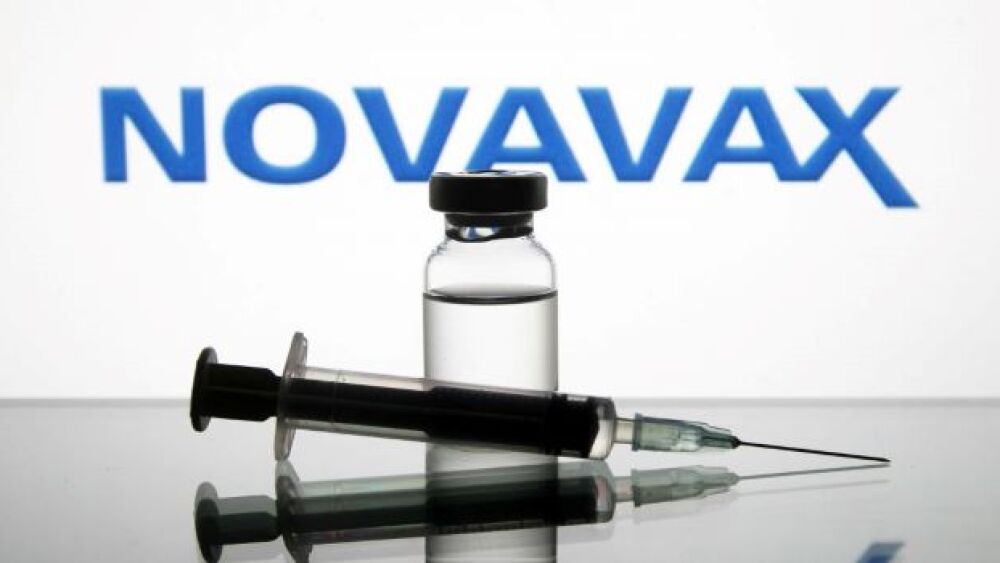While Congress is renewing the priority review voucher program for rare pediatric diseases, the FDA should be required to keep public records of the passes changing hands, too.
For a week I buried myself in priority review vouchers, searching for any scrap of data that could tell me how these valuable pharma trading cards were used.
Companies earn a PRV by developing a drug under one of three priority review programs: rare pediatric disease, tropical disease or medical counter measure. I was able to find 80 vouchers total issued across the three programs in my search. The passes can be used for a subsequent drug or sold on the open market. They tend to sell for about $100 million, but the price has spiked in recent months since Congress failed to reauthorize the rare pediatric disease voucher program at the end of 2024. Companies are now dishing out $150 million per PRV.
Once these vouchers are issued, we don’t always find out what happens to them. Through Securities and Exchange Commission documents and the odd press release, I was able to patch together a rough estimate of the vouchers that have changed hands since the first one was handed out in 2009. Even so, the buyer is typically not declared.
Critics of the voucher system say it’s a handout for Big Pharma, which tends to be the companies buying the passes from small rare disease biotechs. Supporters say this simply feeds the lifecycle of drug development, and no matter where the passes are used, it ultimately helps patients. Looking at the data, particularly for the rare pediatric disease voucher program, more and more passes are being handed out than ever.
Would those drugs have been developed if it hadn’t been for the incentive of a priority review voucher, which a small company can flip and use as non-dilutive capital for future programs? Maybe not.
But here’s the thing, we don’t have all the information because the companies aren’t disclosing it and the FDA isn’t publishing it. Occasionally, documents pop up in the Federal Register saying that a certain drug has used a priority review voucher, but it’s usually unclear where it came from.
The last time the federal government examined the priority review program was in 2020, when the Government Accountability Office issued a comprehensive report of every PRV that had been issued to that point and how they had been used—but since then, the information released by the FDA and companies has been piecemeal, with seemingly no standards about what they have to report.
The nation’s health agencies are currently being filled with new—and controversial—leaders, as President Donald Trump assembles his cabinet. Many of these soon to be officials have pledged to make these agencies more transparent, though so far such transparency is largely lacking.
I know there are probably higher-profile issues that need to be tackled first, but I would argue that anyone with an interest in encouraging the development of drugs for rare childhood diseases—an issue I hope we can all get on board with—would want more communication over what happens with the PRVs the FDA hands out.
We need to better understand how these vouchers are feeding drug development. Pharmas could disclose about how much they are spending and how they are using them. And rare disease biotechs could be further lauded for their efforts to address devastating disease that, absent the incentive, might never happen.
This is all, of course, a moot point if Congress doesn’t reauthorize the rare pediatric disease voucher program, where the vast majority of the fast passes come from. Its failure to do so last year has ostensibly sunset the program, though lobbying groups are hopeful that a renewal could be tacked on to congressional efforts before the looming March 14 budget deadline.
So I have two requests: Congress, get your act together and renew this program—and while you’re at it, require the FDA to keep public records of the vouchers and how they are ultimately used.






